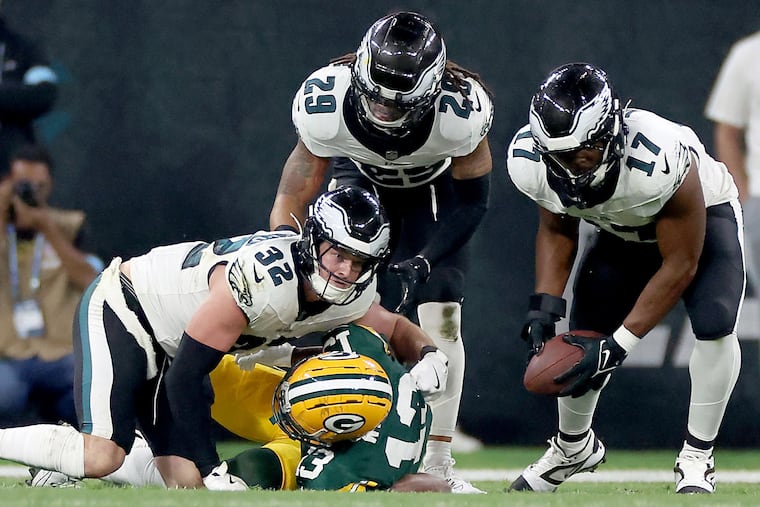Eagles-Packers film breakdown: What Vic Fangio’s defense can expect from Matt LaFleur in playoff opener
Green Bay’s offense and the Eagles’ defense have implemented plenty of wrinkles since their Week 1 season opener.

Green Bay’s offense and the Eagles’ defense have implemented plenty of wrinkles since their Week 1 season opener.
